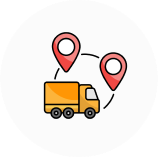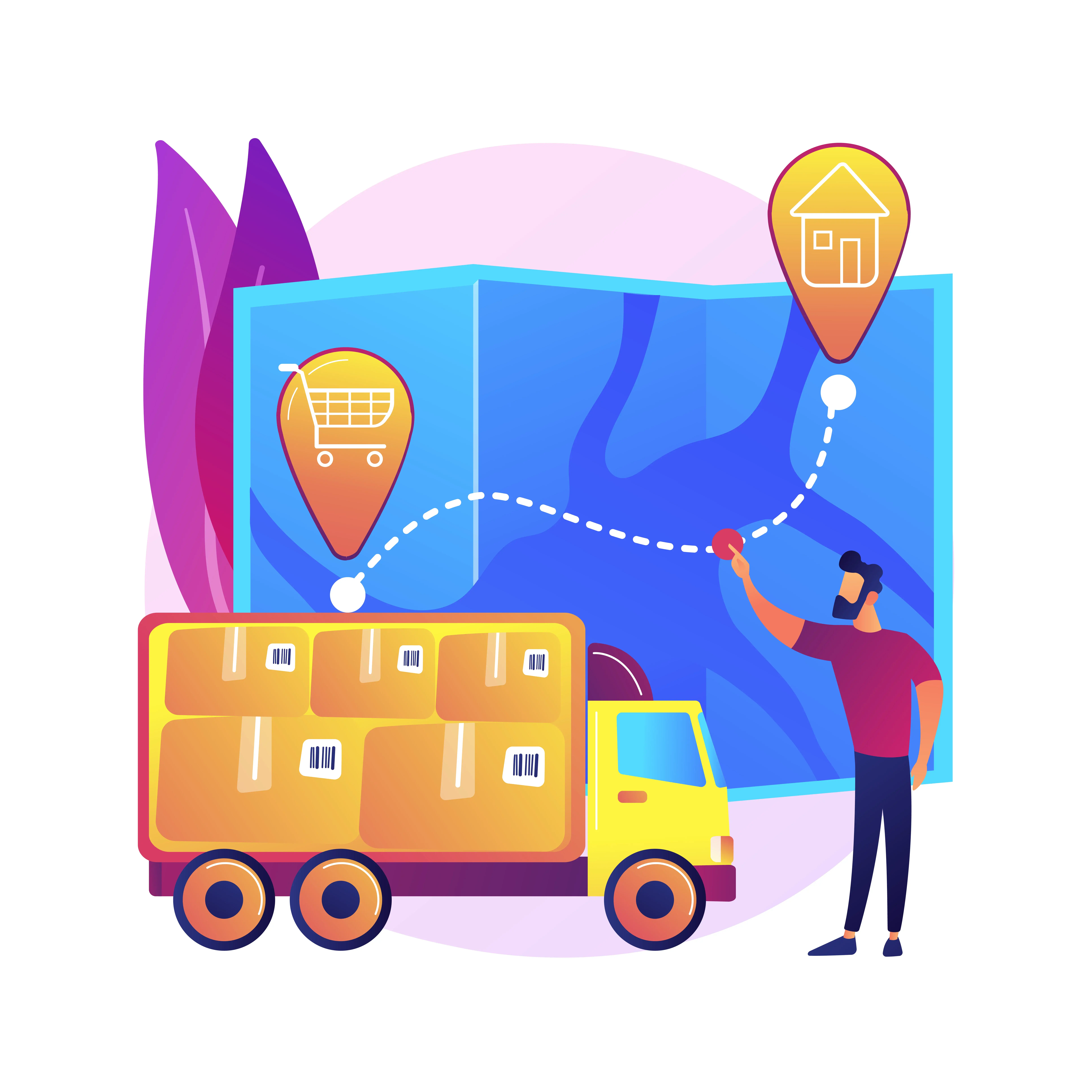
Please Wait ...

Please Wait ...
Enquiry






Curently We are Not Serviceable In this Pincode
91 Springboard, Business Hub, Godrej & Boyce, Gate No. 2, LBS Marg, Vikhroli West, Mumbai, 400079
91 Springboard, Business Hub, Godrej & Boyce, Gate No. 2, LBS Marg, Vikhroli West, Mumbai, 400079
91 Springboard, Business Hub, Godrej & Boyce, Gate No. 2, LBS Marg, Vikhroli West, Mumbai, 400079
91 Springboard, Business Hub, Godrej & Boyce, Gate No. 2, LBS Marg, Vikhroli West, Mumbai, 400079
91 Springboard, Business Hub, Godrej & Boyce, Gate No. 2, LBS Marg, Vikhroli West, Mumbai, 400079
91 Springboard, Business Hub, Godrej & Boyce, Gate No. 2, LBS Marg, Vikhroli West, Mumbai, 400079
91 Springboard, Business Hub, Godrej & Boyce, Gate No. 2, LBS Marg, Vikhroli West, Mumbai, 400079
91 Springboard, Business Hub, Godrej & Boyce, Gate No. 2, LBS Marg, Vikhroli West, Mumbai, 400079
91 Springboard, Business Hub, Godrej & Boyce, Gate No. 2, LBS Marg, Vikhroli West, Mumbai, 400079
Min
Max
₹5,000
₹45,000
Suggested Price







Blogs> The Emergence of Reverse Logistics Business in the 1990s: A Look Back at the Birth of a Sustainable Industry

Reverse logistics, managing goods from consumption back to origin, gained traction in the 1990s amidst shifts in retail and rising environmental concerns. This period saw the rise of e-commerce and heightened consumer sustainability awareness. Companies recognized the value of reverse logistics for waste reduction and efficiency, leading to the emergence of specialized firms offering return management, refurbishment, and recycling services. However, challenges like lack of standardization and scalability persisted. To overcome these hurdles, industry groups like the Reverse Logistics Association formed to share best practices and establish standards. Today, the reverse logistics industry is mature, offering diverse services to retailers and manufacturers. Technological advancements and environmental awareness continue to drive innovation and growth. The 1990s marked a pivotal period for reverse logistics, transitioning it from a concept to a well-established business model. Despite initial challenges, the industry has thrived, shaping a sustainable approach to managing product flows and contributing to a more efficient and environmentally conscious supply chain.
The concept of reverse logistics, or the process of managing the flow of goods from the point of consumption back to the point of origin, has been around for many years. However, it wasn’t until the 1990s that reverse logistics began to emerge as a business model in its own right.
During the 1990s, the retail industry was going through a period of significant change. E-commerce was just starting to emerge, and many traditional brick-and-mortar retailers were struggling to adapt to this new way of doing business. At the same time, environmental concerns were growing, and consumers were becoming increasingly aware of the impact that their purchasing decisions were having on the planet.
As a result of these changes, companies began to recognize the value of reverse logistics. By managing the flow of goods from the point of consumption back to the point of origin, companies could reduce waste, improve efficiency, and create a more sustainable business model. This led to the emergence of a new breed of companies that specialized in reverse logistics.
These companies offered a range of services, including product returns, refurbishment, and recycling. They worked with retailers and manufacturers to develop processes for handling returned products, sorting them into different categories, and determining whether they could be resold, refurbished, or recycled. This complex process required a high degree of expertise, as well as specialized equipment and facilities.
One of the key challenges that companies faced in the 1990s was the lack of standardization in the reverse logistics industry. There were few established best practices, and each company had to develop its own processes for handling returned products. This led to inefficiencies and inconsistencies and made it difficult for companies to scale their reverse logistics operations.
To address this challenge, industry groups began to emerge in the late 1990s. These groups, such as the Reverse Logistics Association, brought together companies in the reverse logistics industry to share best practices, collaborate on research, and develop standards for the industry.
Today, the reverse logistics industry is a mature and well-established business model, with companies offering a wide range of services to retailers and manufacturers. The industry has evolved significantly since the 1990s, with advances in technology, increased awareness of environmental issues, and changes in consumer behavior all driving innovation and growth.
In conclusion, the 1990s were a formative period for the reverse logistics industry, as companies began to recognize the value of managing the flow of goods from the point of consumption back to the point of origin. While the industry faced significant challenges in the early days, including a lack of standardization and established best practices, it has since matured into a well-established business model with a bright future ahead.
Image by vectorjuice on Freepik

By Digi2L - April 20, 2024

By Digi2L -

By Digi2L - April 19, 2024

By Digi2L - April 18, 2024